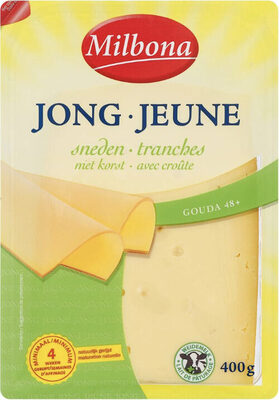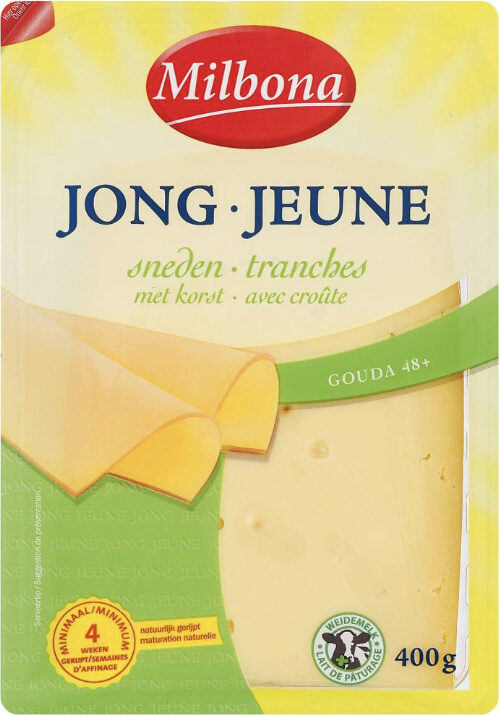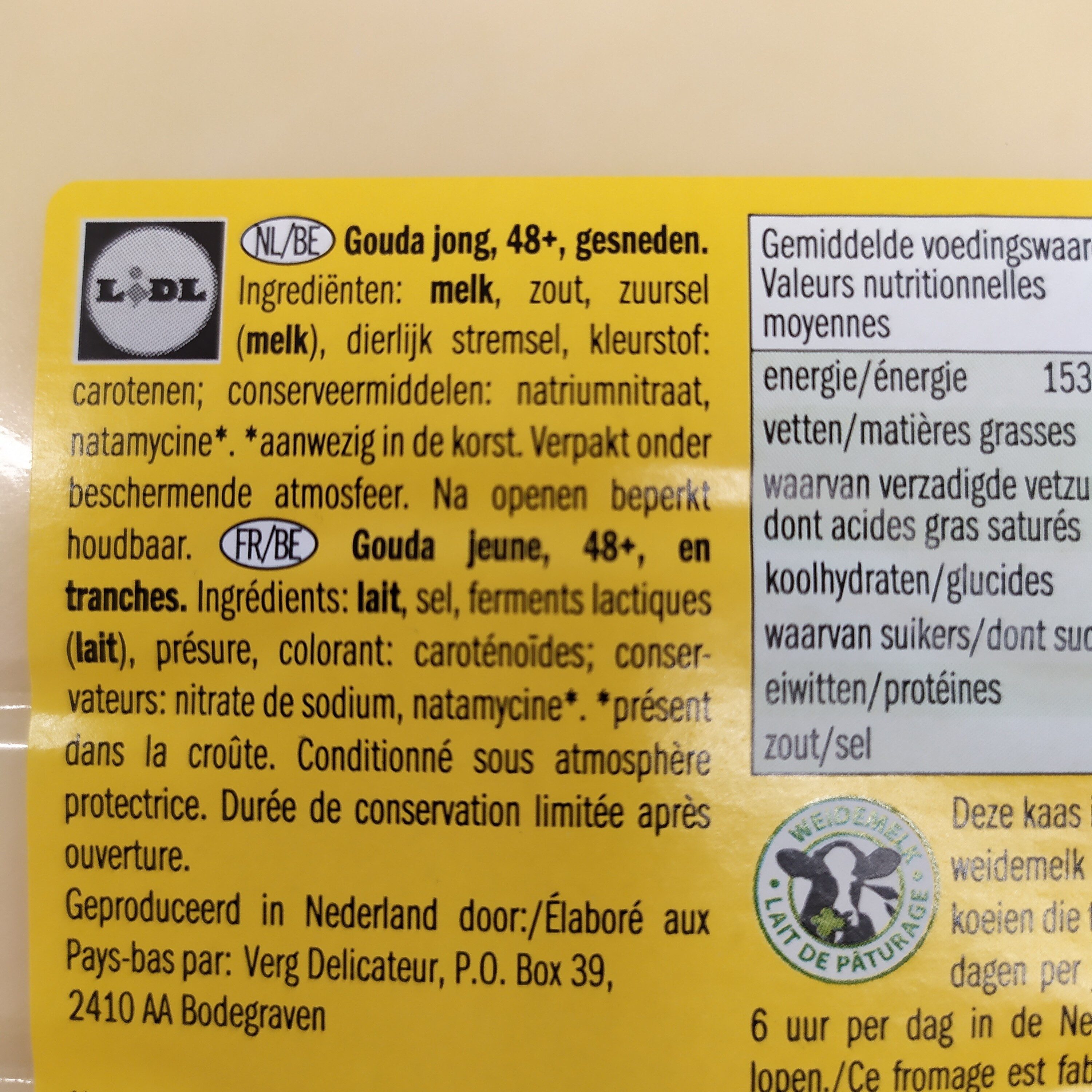Gouda jeune - Milbona - 30 g
Ambiguous barcode: This product has a Restricted Circulation Number barcode for products within a company. This means that different producers and stores can use the same barcode for different products.
×
This product page is not complete. You can help to complete it by editing it and adding more data from the photos we have, or by taking more photos using the app for Android or iPhone/iPad. Thank you!
×
Barcode: 20359942
Quantity: 30 g
Brands: Milbona
Categories: Dairies, Fermented foods, Fermented milk products, Cheeses, Cow cheeses, Uncooked pressed cheeses, Cheeses of the Netherlands, Gouda, Sliced cheeses, Young Goudas
Stores: Lidl
Matching with your preferences
Environment
Carbon footprint
Packaging
Transportation
Report a problem
Data sources
Product added on by kiliweb
Last edit of product page on by yaako9.
Product page also edited by date-limite-app, guezguez-majed, halal-app-chakib, inf, openfoodfacts-contributors, scanbot, teolemon, yuka.V3ZwZkw3Z2d1YUpVZzhjbHdpcmIvL1ovem82WGNrUytkcnNMSWc9PQ, yuka.sY2b0xO6T85zoF3NwEKvlkJ-XOjPuBbpJkzhvxSHm-2lNKHOOvcowInrb6s.
If the data is incomplete or incorrect, you can complete or correct it by editing this page.










